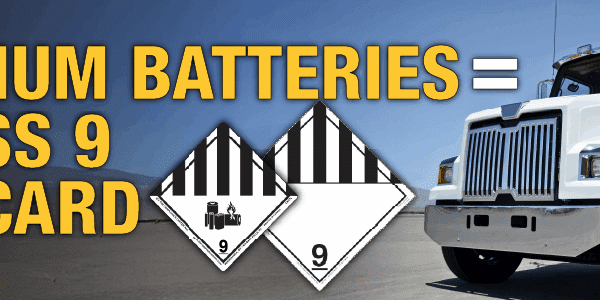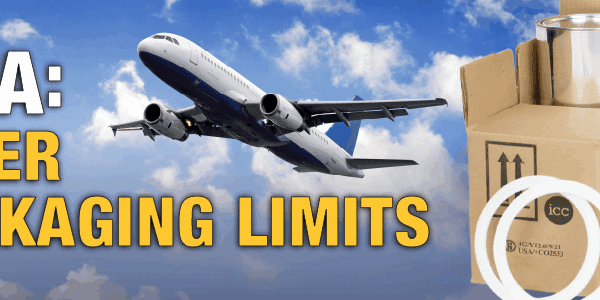Top 4 Questions from the Regulatory Helpdesk
Welcome back to the Regulatory Helpdesk where we answer your dangerous goods & hazmat questions. Here are some highlights from our helpdesk last week. Check back weekly, the helpdesk rarely hears the same question twice.
WHMIS Label Size Requirements
- Q. Is there were size requirements for WHMIS labels?
- A. No, the HPR does not mandate a size requirement other than saying it has to be legible. But, what does legible mean? As a general rule of thumb, which we have developed from reviewing many different labeling regulations is 10 mm for one side of the pictogram, and 2 mm for the font size (1.6 mm for a worst-case scenario).
IATA Special Provision
- Q. What does IATA’s Special Provision A191 mean?
- A. It was determined that SP A191 means if you have a manufactured article with less than 5 kg of mercury in it (like a thermometer) then you don’t need the Class 6.1 label for mercury’s subsidiary hazard and you don’t have to list the 6.1 subsidiary hazard on the shipper’s declaration. From what we can tell that only applies to UN3506 which is Mercury contained in manufactured articles.
Quantity Limits – TDG (Canada)
- Q: What does the quantity limit in TDG Columns 8 & 9 represent in terms of Passenger conveyance restrictions- package, consignment, …?
-
A: Good point which many find confusing. The answer is in the often-overlooked “Legend” to Schedule 1- the limit is per means of containment (package).
The Legend provides a brief explanation of the Column headings, sometimes with reference to further explanatory sections elsewhere in the TDGR.
The other reference to keep in mind is the Definitions section (1.4) in Part 1, which has relevance to the question above.
The definition of “passenger” in Columns 8 & 9 will clarify this term for those who think that the driver or crew member is also a passenger; or conversely that only paying people are passengers.
Limited Quantity – Rejected
- Q: I often ship DG by ground using the “limited quantity” exemption, so why was my air/ocean shipment rejected?
- A: There is a common fallacy that exemptions apply to all modes of transport. In fact, each mode has its own restrictions on the extent of exemption. Marine requirements are more extensive than air. Compared to ground, IMDG requires a full shipping document; whereas air requires full marking/labeling, a complete Shipper’s Declaration and obligates the shipper to verify packaging performance.






 ICC USA
ICC USA ICC Canada
ICC Canada